TOP 10 Lowest GDP Country 1960 - 2018 ( World Bank Version )
Description
TOP 10 Lowest GDP Country 1960 - 2018 ( World Bank Version )
Growth is slowing all around the world. According to the IMF, economic growth slowed in 2018 to 3.6% and is projected to decline further to 3.3% this year, down from previous forecasts. What a letdown, right? Perhaps because few of us know what is like living in a country with negative gross domestic product (GDP) growth of 10%, 15% or even more than 20%.
Despite some setbacks and disappointments, the world’s economy continues nevertheless to expand. Today humanity is on average richer than at any point in history. But averages never tell the full story. Take the case of Venezuela, once Latin America's richest country. In the years leading up to the 2007-2008 global financial crisis, Venezuela posted double-digit GDP growth rates and, in the blink of an eye, oil prices and production sank, plunging the country into a spiral of mounting debt, poverty and hyperinflation. The IMF now estimates that the country's GDP will fall by 25% in 2009.
Many factors can grind an economy to a halt, especially war and sectarian conflict. Yemen, Sudan and South Sudan all rank amongst the slowest-growing nations in the world, as does Ukraine, whose economy has been profoundly damaged by Russia’s military aggression (as for Syria, the IMF has not even been able to develop any estimated figures in recent years). Nature can also play a role: like all Caribbean countries, Dominica and Puerto Rico were already experiencing a significant economic slowdown when in they were devastated by Hurricane Maria. Lack of financial preparedness can also hinder growth too: in San Marino, the global economic downturn—compounded with difficulties in the banking sector and a sizable decline in tax revenues—contributed to negative GDP rates; in the oil-rich Equatorial Guinea, the authoritarian regime of president Teodoro Obiang Nguema did not have large enough buffers when crude prices began to decline.
It would be tempting to think that negative and zero growth are maladies more likely to affect the smallest and most fragile global players. However, it is quite the opposite: not only many small emerging nations rank among the fastest growing economies in the world, but among those countries that lately have been falling behind one can find most Mediterranean EU countries, as well as a few surprises such as Germany, Finland and Switzerland. Even for such economic heavyweights, getting the recipe for prosperity down to a science has proven tricky.
The Gross Domestic Product of a country can be defined as the total monetary value of the goods and services produced within its borders in a year. GDP growth is expressed as a percent. The average growth rate has been calculated using the geometric mean to obtain a ten-year equivalent rate.


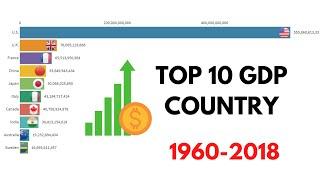
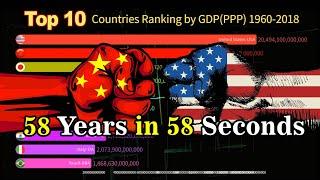
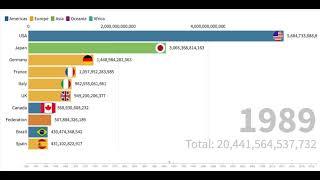
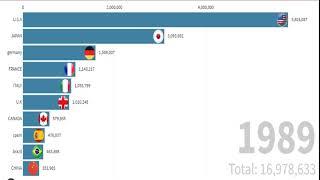
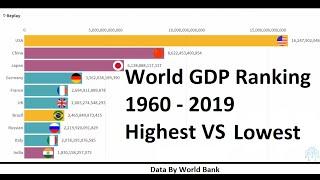
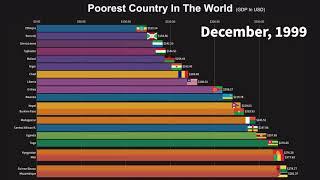
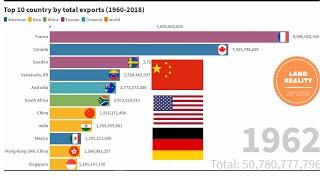
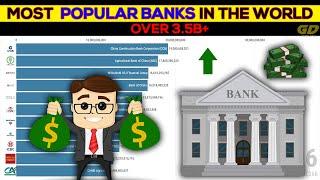
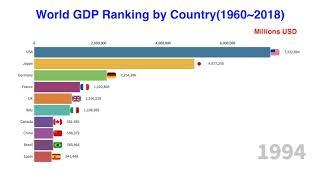
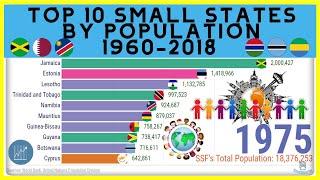
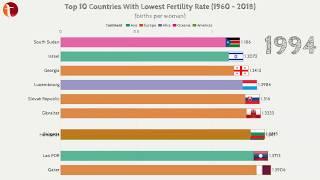
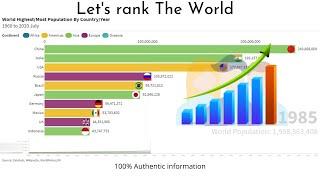
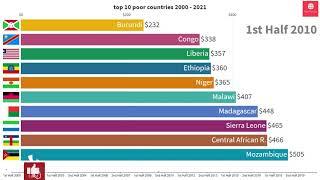
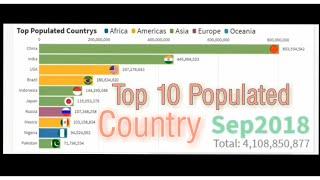





Comments